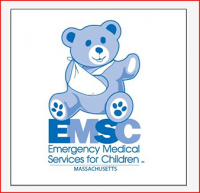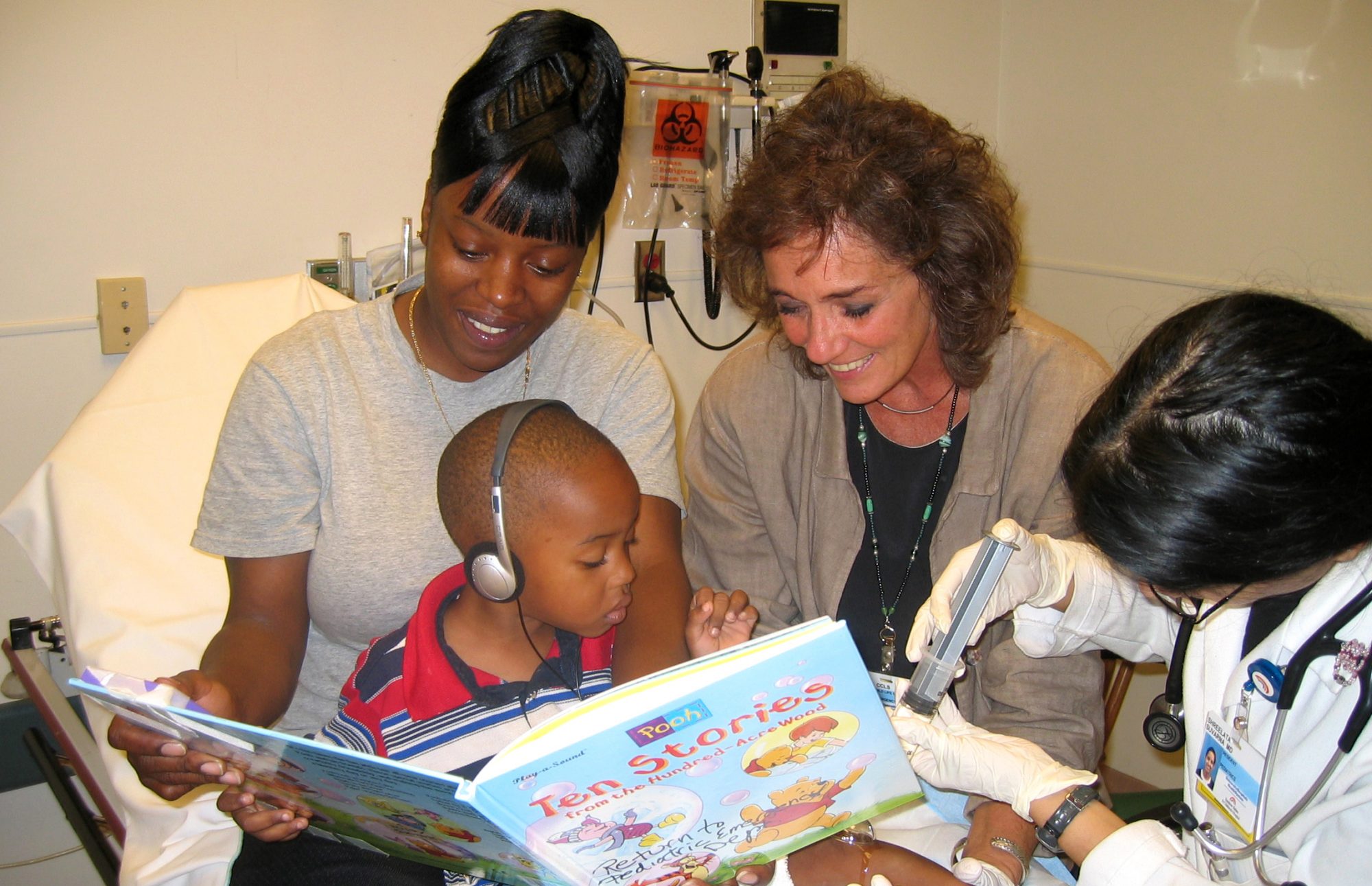 |
 |
Guidelines to Consider for Improving Pediatric Safety*
- Infants and children are weighed in kilograms.
- Weights are recorded in a prominent place on the medical record.
- For infants and children who are not weighed, a standard method for estimating weight in kilograms is used (e.g., a length-based system).
- Infants and children have a full set of vital signs recorded (temperature, heart rate, respiratory rate) in the medical record.
- Blood pressure and pulse oximetry monitoring are available for infants and children based on illness and injury severity.
- Develop a process for identifying age-specific abnormal vital signs and notifying the physician if any of these is present.
- Processes are in place for safe medication storage, prescribing, and delivery that include pre-calculated dosing guidelines for infants and children.
- Pediatric emergency services are culturally and linguistically appropriate.
- ED environment is safe for infants and children and supports patient- and family-centered care.
- Patient identification policies meet Joint Commission standards.
- Policies for the timely reporting and evaluation of patient safety events, medical errors, and anticipated outcomes are implemented and monitored.
- Infection-control practices, including hand hygiene and use of personal protective equipment, are implemented and monitored.
* Adopted from Guidelines for Care of Children in the Emergency Department, Emergency Medical Services for Children/ Innovation and Improvement Center, https://emscimprovement.center
